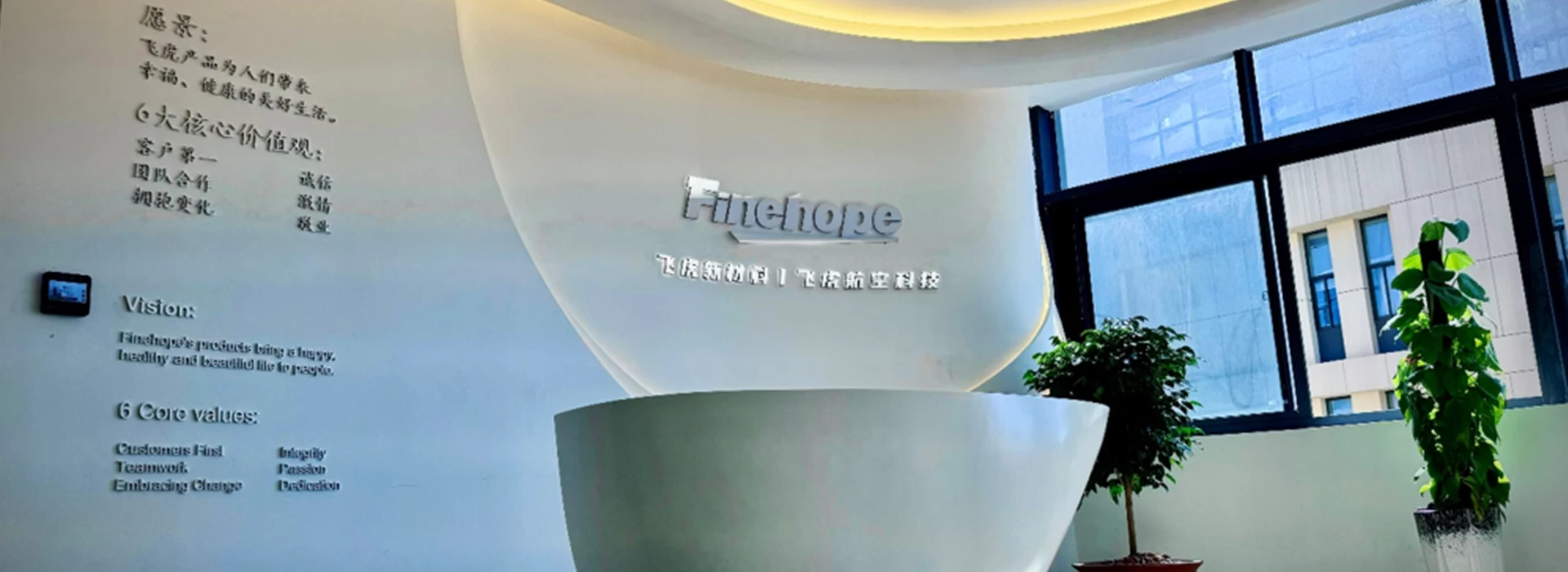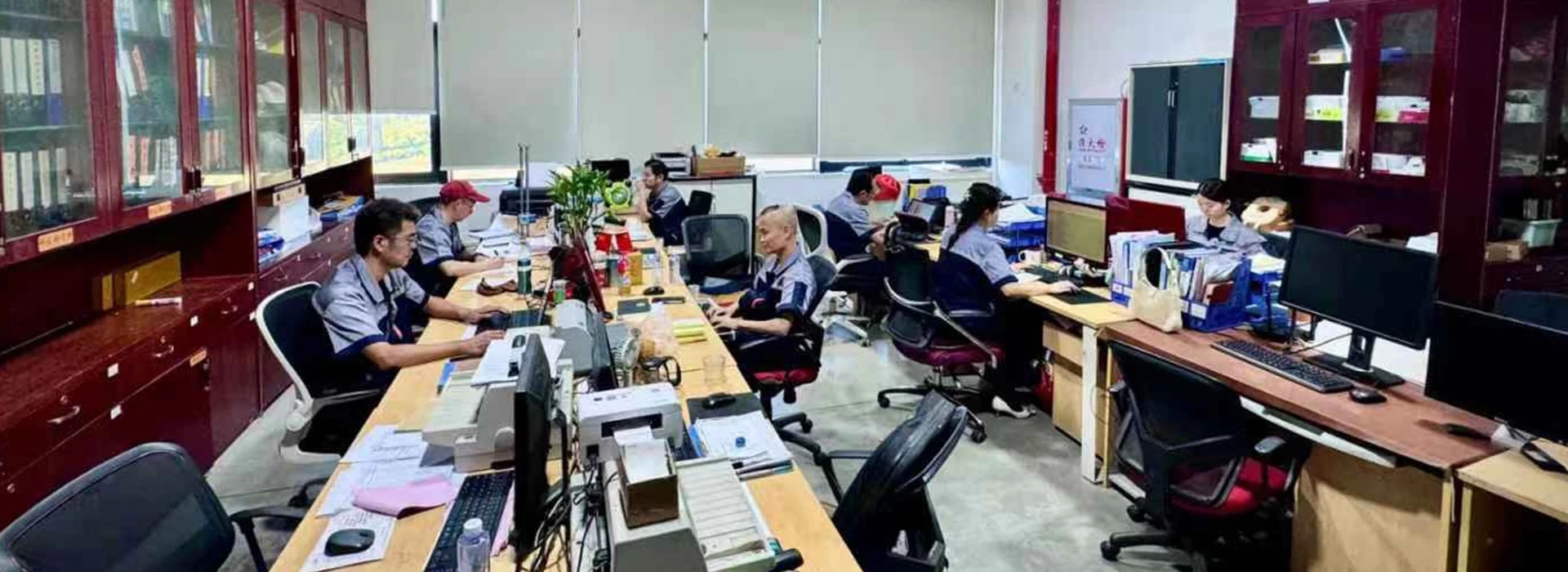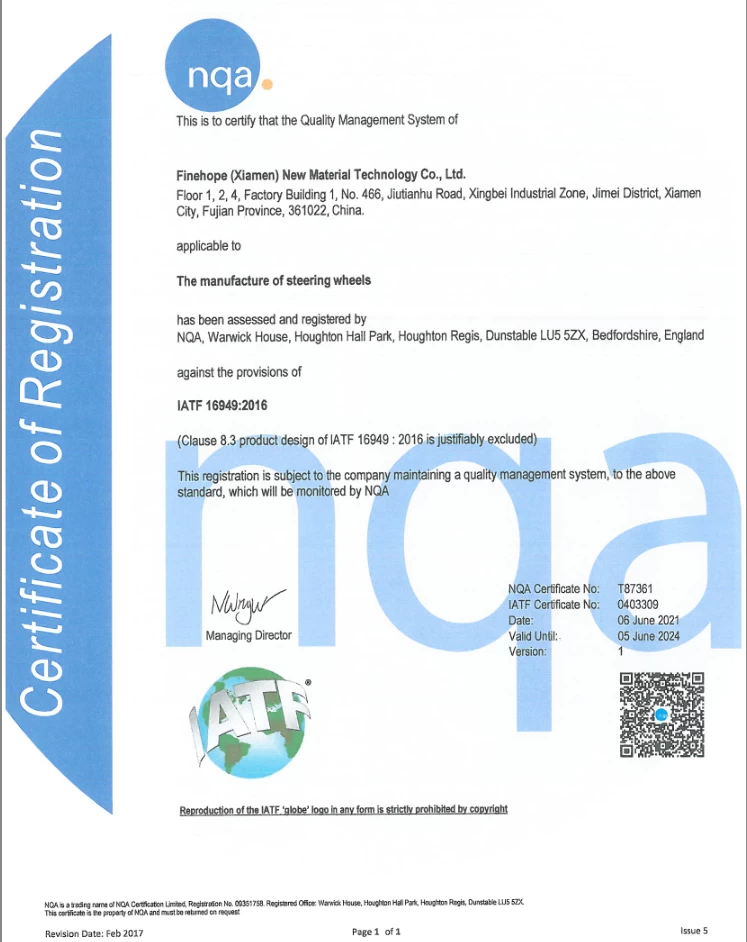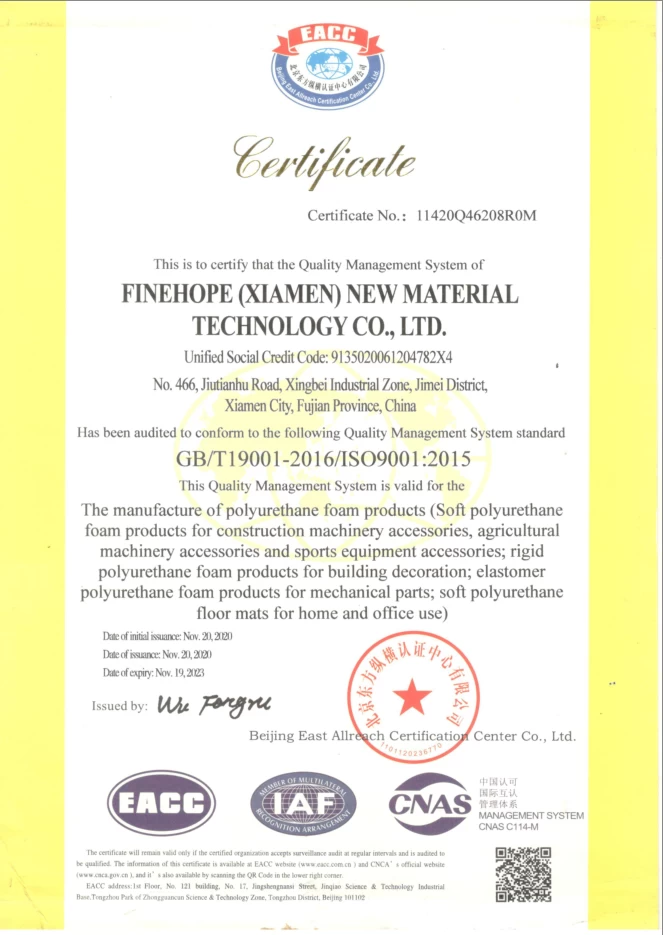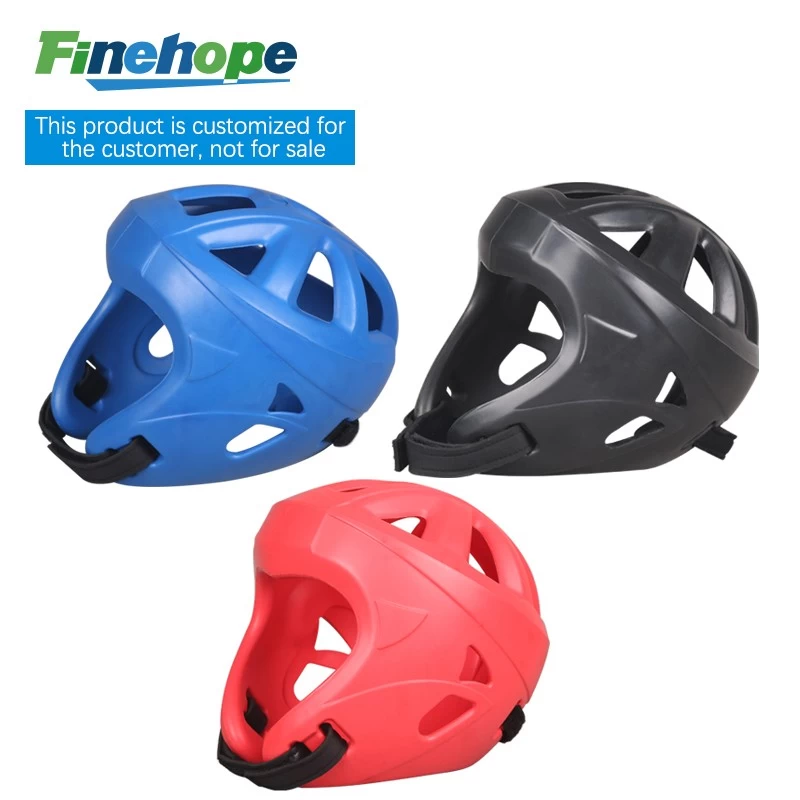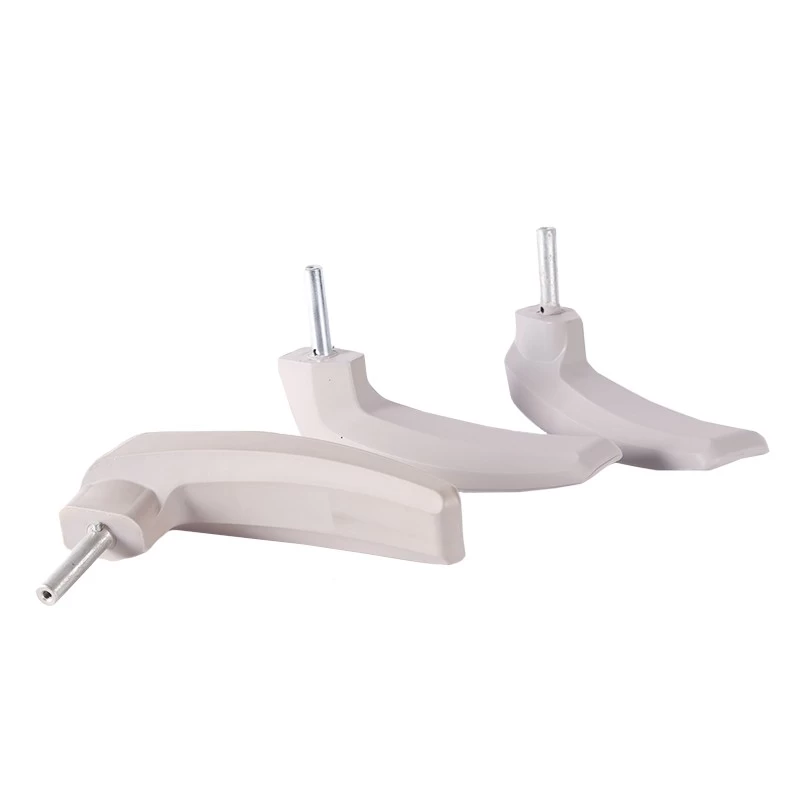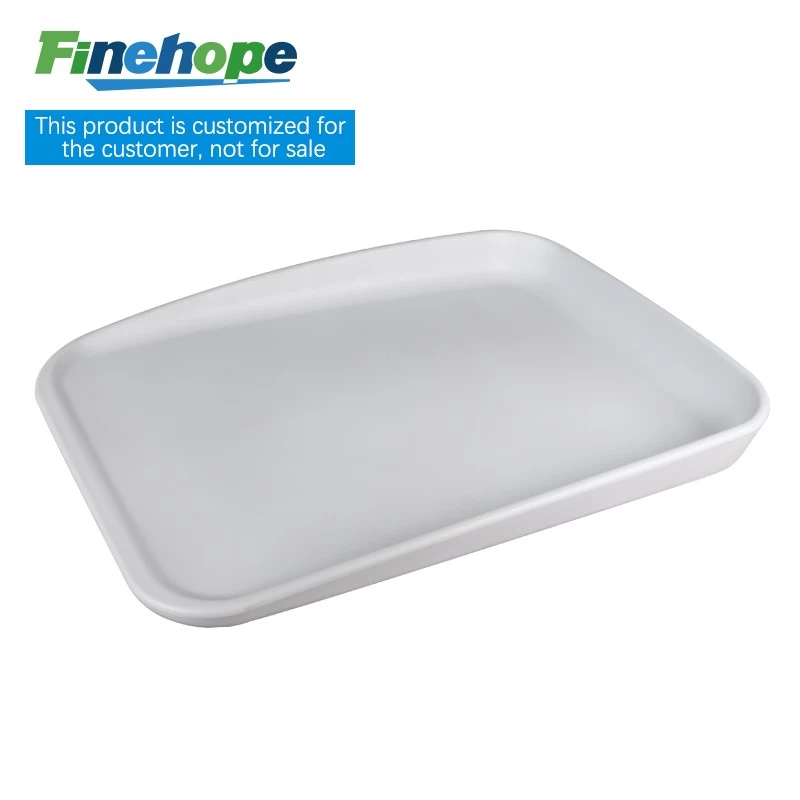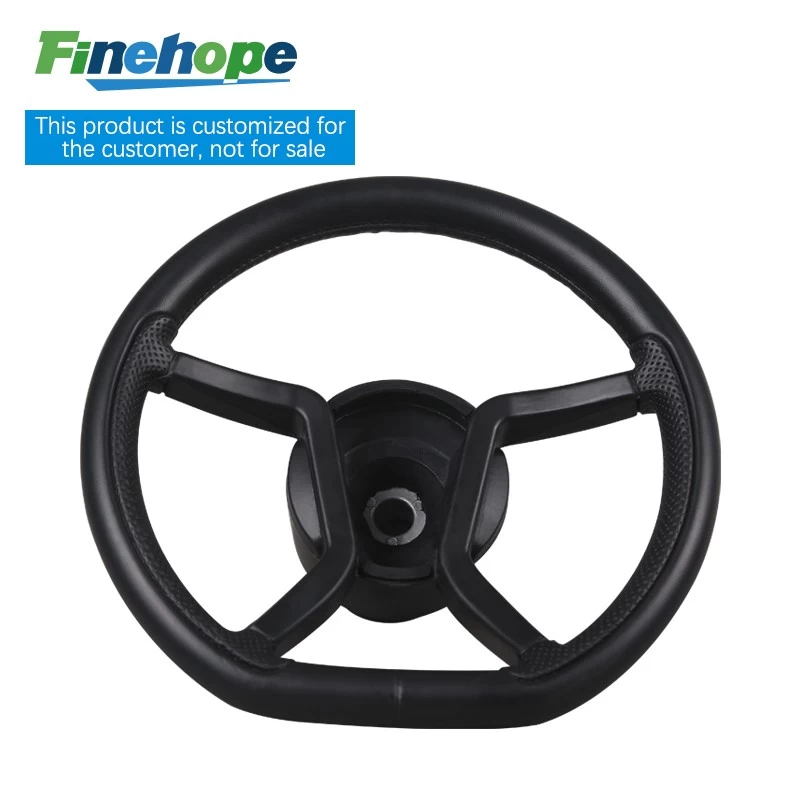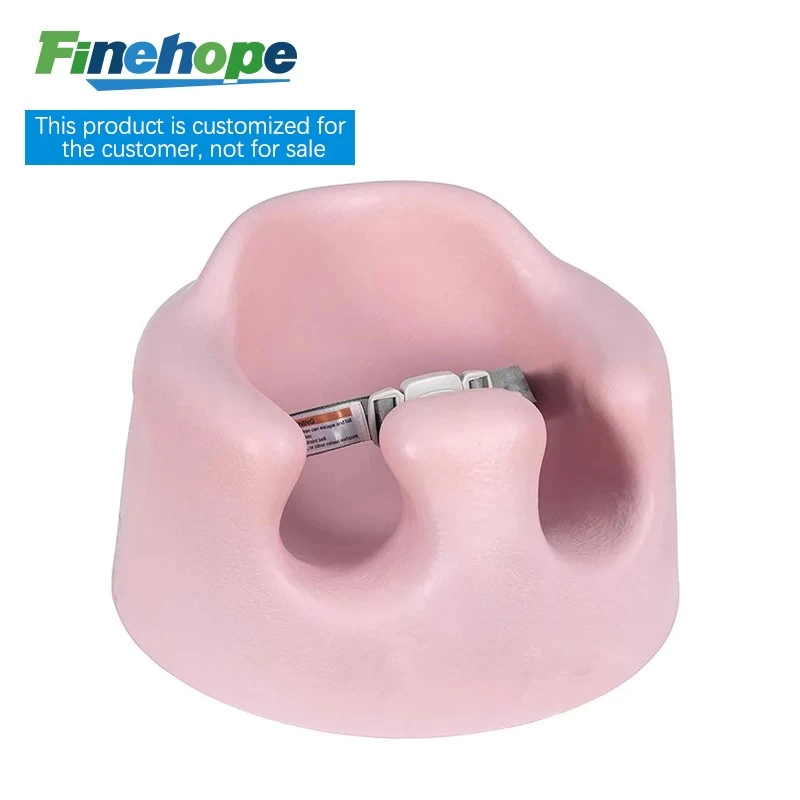Application of Polyurethane Materials in Automotive Steering Wheel
Polyurethane (PU) materials are widely used in the manufacturing of automotive steering wheels due to their excellent properties, and related research mainly focuses on material modification, process optimization, and functional integration. The following are the key research directions and technological advancements of polyurethane in steering wheel applications:
1. Material performance optimization
By adjusting the ratio of soft and hard segments of polyurethane (such as the combination of polyether/polyester polyols and isocyanates), the hardness, elasticity, and wear resistance of the steering wheel can be balanced.
Adding nano fillers (such as SiO ₂, carbon fiber) enhances tear resistance and durability to cope with mechanical stress during long-term use.
Develop PU foam layer with low modulus and high resilience to improve the holding comfort.
Surface micro texture design (such as embossing, spraying) enhances slip resistance and reduces the impact of hand sweat.
Add UV absorbers and antioxidants (such as hindered amines) to delay light aging and avoid surface powdering and cracking.
Hydrolytic resistant formula (such as using polyether PU) to cope with humid environments.
2. Environmental protection and lightweighting
Partially replacing petroleum based materials with materials such as castor oil derivatives and soy polyols to reduce carbon footprint.
Exploration of biodegradable PU materials (such as introducing ester bond structures), but it is necessary to balance durability requirements.
Lightweight foaming technology
Micro porous foamed PU (supercritical CO ₂ foaming process) reduces weight while maintaining support.
Composite design with low-density skeleton materials such as magnesium alloys.
3. Process innovation
Reaction injection molding (RIM) or in mold spraying (IMC) achieves direct bonding between the skin and the skeleton, reducing production steps.
3D printed PU steering wheel prototype, supporting personalized customization.
Waterborne PU coating replaces solvent based coatings to reduce VOC emissions.
Antibacterial coatings (such as silver ion doped PU) enhance hygiene performance.
4. Function integration
The combination of embedded sensors (pressure, capacitance) and PU coating enables gesture control or driver status monitoring.
Thermal conductive PU material with integrated heating function (winter comfort).
High energy absorbing PU foam is used for buffering during collision to reduce secondary damage.
Flame retardant modification (such as adding phosphorus based flame retardants) meets automotive fire protection standards (such as FMVSS 302).
5. Challenges and Future Directions
Cost control: High performance/environmentally friendly materials need to reduce raw material and process costs.
Recycling Challenge: Develop chemical depolymerization recycling technology to solve the problem of difficult physical recycling of cross-linked PU.
Multi material fusion: Composite with thermoplastic elastomers (TPU), silicone, etc. to achieve complementary performance.
classic case
High end models: Porsche, BMW and other brands adopt multi-layer PU structure (hard skeleton+soft foam+leather/PU skin).
Conceptual direction: The yoke style steering wheel of Tesla Cybertruck uses high elasticity PU to enhance handling feedback.
The research on the application of polyurethane in steering wheels is moving towards high-performance, intelligent, and sustainable development. In the future, it may further combine AI design to optimize material structures or introduce self-healing functions to extend their lifespan.

